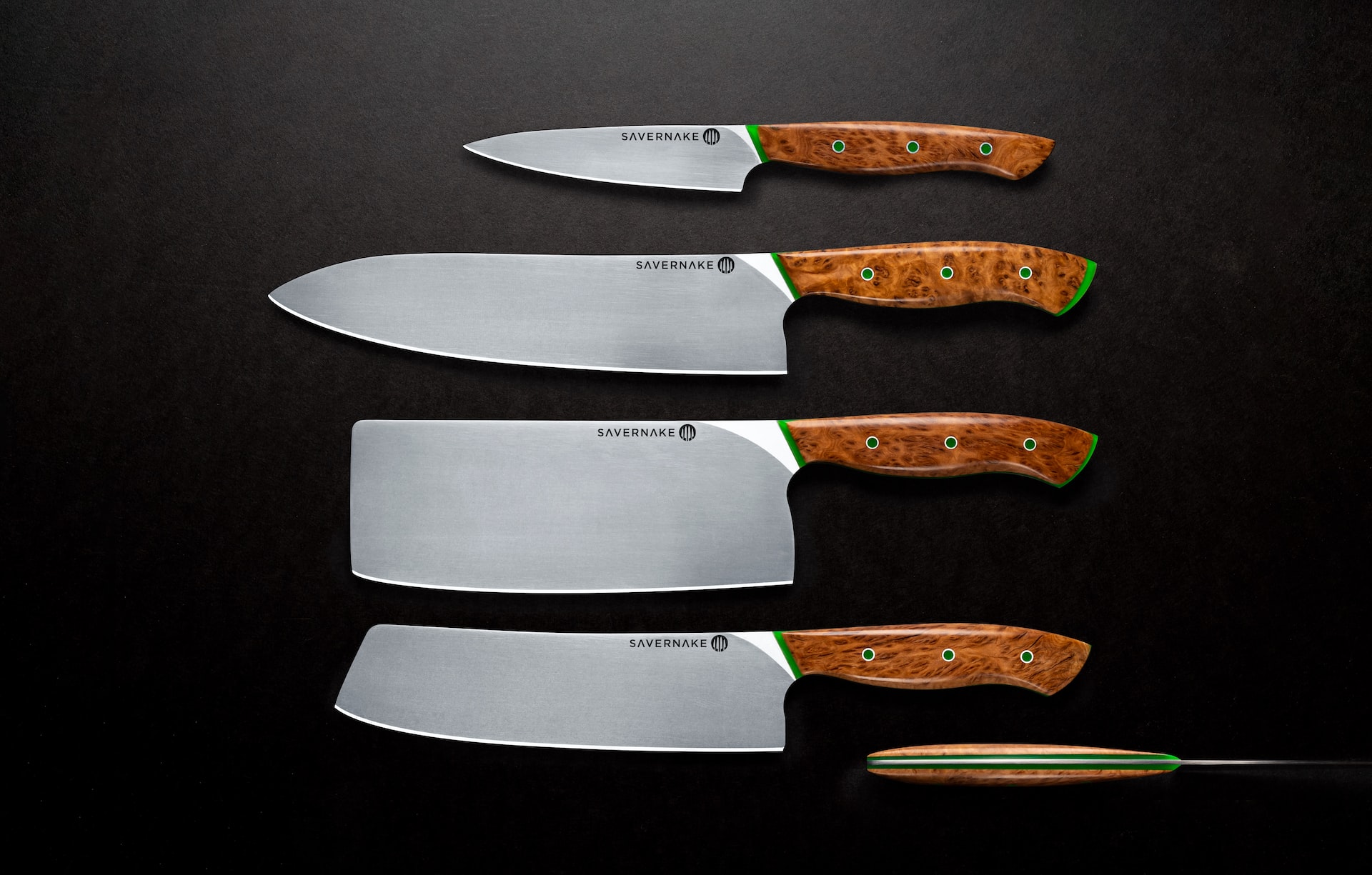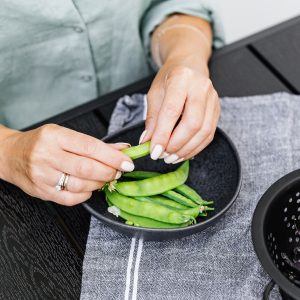Having a sharp, resilient, and strong chef’s knife is crucial when cooking a meal, regardless of whether you’re an experienced or inexperienced home cook. Since you use silverware as one of the few kitchen items nearly every time you prepare meals, investing in high-quality cutlery can have a significant positive impact on both safety and efficiency in the kitchen. Chef’s knives don’t come in one size fits all, so what works for one person may not work for another. We chopped, sliced, and diced a variety of dishes in order to evaluate some of the top models in pursuit of the greatest chef’s knife.
There is no one ideal chef’s knife for everyone since finding the knife that works best for you requires taking into account a number of unique factors, like the size of your hands, your cooking technique, and what feels natural and comfortable to you. No of the size, a good chef’s knife should always be sharp, well-balanced, and pleasant to hold. Consider what kinds of food you’ll use it for, how frequently, and how you’ll clean and maintain it before going shopping for one.
It’s evident that the Mac Professional Mighty Hollow Edge Knife is the most dependable option for home cooks looking for the best chef’s knife after researching popular models and putting them to the test at home and in our test kitchen https://www.kitchenknivesstore.co.uk/. This knife is reliable, sharp, and simple to use; it made preparation work go more smoothly. Continue reading for additional recommendations for top-notch knives you may use at home.
Professional Hollow Edge Knife by Mac Mighty
Pros: This knife is a clear contender for finest all-around knife because to its razor-sharp blade and non-slip handle.
Cons: Because this knife does not come with a sheath, it must be correctly stored in order to maintain its razor-sharp edge.
Overall, this knife breezed through all of our tests, much to the delight of our testers. Any professional home cook knows that the two most crucial qualities in a chef’s knife are light weight and sharpness.
The thin blade and dimples on this Japanese-style knife assist keep food from sticking. We discovered this knife to be remarkably sharp, lightweight, and sturdy throughout all of our tests. The blade smoothly glided through a piece of paper and tomato skin, and our testers had no issue cutting through both soft and dense veggies. No matter what kind of material our testers were cutting into, the Pakkawood handle was comfortable to use and felt robust in our hands. Since the grip and blade of this knife are beautifully balanced, there was little pressure or strain on our hands and wrists.
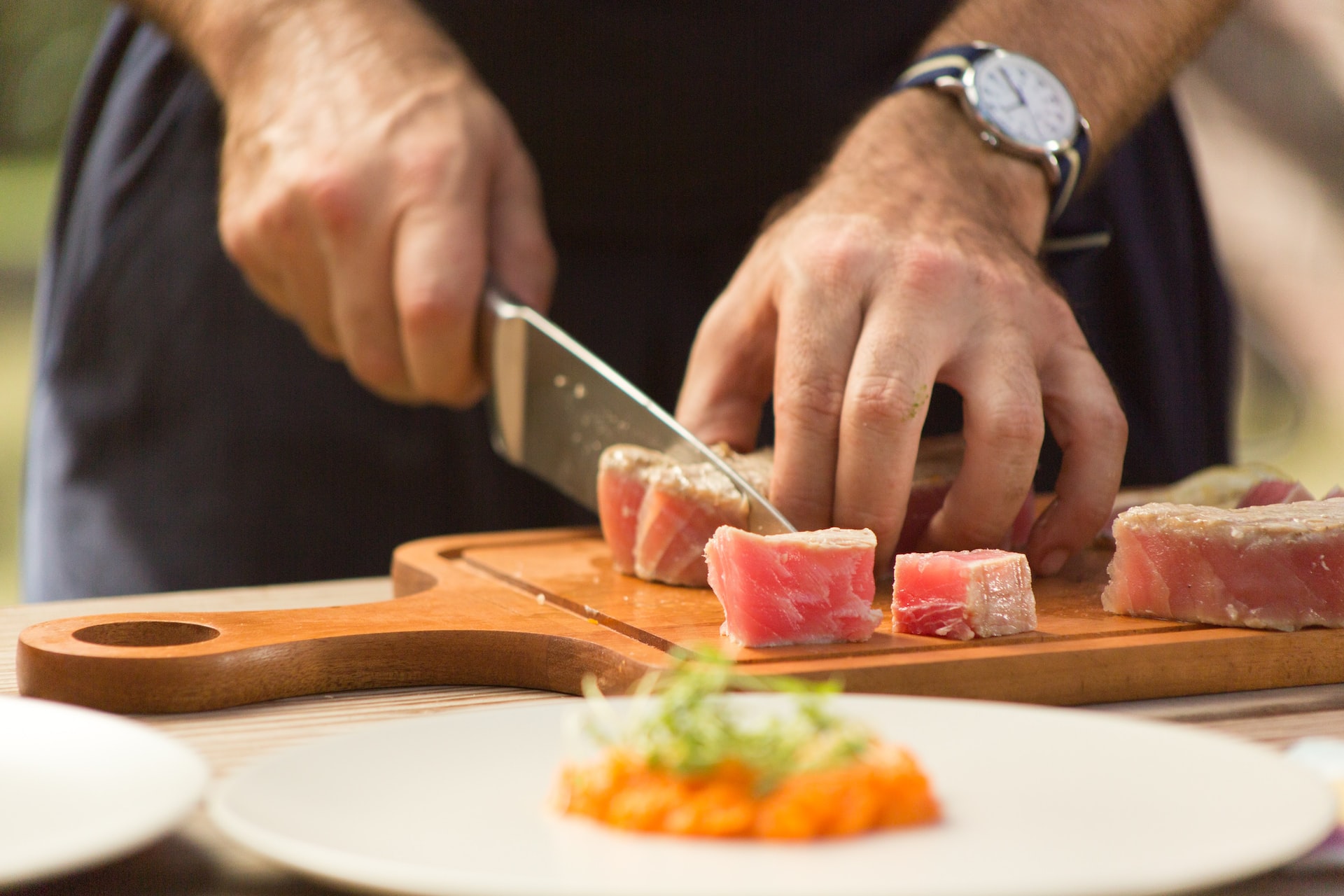 8-inch Wüsthof Classic Knife
8-inch Wüsthof Classic Knife
The knife’s weight, grip, and stability make it easier and safer to cut through tough materials.
Cons: Despite being sturdy, this knife is definitely on the heavier side, making it difficult to use for prolonged periods of time during repetitive chores.
Of the heavy-duty chef’s knives we tested, this Western-style knife is one of the toughest. The Wüsthof brand is well renowned for producing premium knives that, while heavier than others, are perfect for difficult tasks like dismantling whole chickens or slicing up dense root vegetables. In order to prevent your finger from accidentally touching the blade’s edge, it includes a partial bolster. In our test of the blade’s out-of-the-box sharpness, it easily cut through paper, and in all of our vegetable cutting trials, it expertly produced thin, consistent cuts. Applying further pressure is simple and secure because to the handle’s stability and lack of slippage.
However, the weighty handle can seem unwieldy and burdensome while performing repetitive chores, such as chopping up a lot of vegetables, according to our editors who have used this knife over the course of many years. Users should bear it in mind based on the duties they typically perform in the kitchen.
Oxford Chef’s Knife by Kiritsuke
Pros: This nimble knife can easily chop, slice, dice, and core thanks to a sharp blade from belly to tip.
Cons: Our testers pointed out that the handle is a touch imbalanced because it is heavier than the blade. We didn’t believe that this, however, compromised functionality.
This Japanese-style knife is a need for any home cook who wishes to hone their professional knife abilities. This knife stood out in every one of our tests for its effortless ability to cut through any kind of surface. Our testers praised the blade’s tip for being equally sharp as the belly, allowing them to use it like a paring knife for chores like chopping garlic and removing butternut squash seeds.
Even on a slick tomato, the razor-sharp edge allowed for consistent, paper-thin cuts from beginning to end. The dense butternut squash was very simple to cut into perfectly equal cubes. Despite being heavier than some of the other knives on our list, our testers didn’t feel that performance was hampered.
8-inch Global G-2 Classic Chef’s Knife
The knife is lightweight and ergonomic because it is manufactured from a single piece of metal.
Cons: Because this knife is on the lighter side, some of our testers found it difficult to cut through butternut squash and other tough items.
This is a good choice if you prefer a knife that is extremely lightweight and simple to maintain. The handle, which is hollow and filled with sand, is also fashioned of a single piece of metal. The knife feels perfectly balanced from heel to tip thanks to its unique design. The lack of additional material in the handle, such as rivets, makes the knife seem svelte and ergonomic in our hands. Although some cooks believe it becomes slippery when used to cut chicken, beef, or anything juicy, we didn’t find that to be the case. The metal handle features dimples to provide a secure grip. Knives from Global are produced in Japan and are available in a variety of lengths, including 6-, 8-, and 10-inches.
In our tomato test, this knife effortlessly created paper-thin cuts, and it chopped and minced garlic with ease. Although the squash could be cut through with the razor-sharp blade, our testers suggested that for thick, dense ingredients, a heavier knife could be preferable.
Keep in mind that you should hand wash this knife with warm water and a light detergent. Even so, certain substances left marks on the metal. Nevertheless, we found it to be simple to clean.
Avoid the Traditional Blonde Chef’s Knife
Advantages: This Japanese knife features a Western-style curvature, giving you the advantages of both blade types in a single tool.
Cons: This knife is more expensive and needs to be handled with care.
When it comes to Japanese chef’s knives, Shun is a market leader in the field and constantly produces lightweight, sharp knives that are strong and lasting. The Classic Blonde does not fall short because to its resin-treated birch wood handle, which is crafted to be comfortable in both the left and right hands. The knife’s blade is flexible and resistant to rust, stains, and sticking since it is handcrafted from 34 layers of forged stainless steel on each side. The ease with which it produces paper-thin slices makes it a high-end alternative, and the slightly curved blade allows for minimal rocking.
Our editors have used this knife for many years and can vouch for its quality as long as you use it with care. Between each use, make careful to hand wash, completely dry it, and store it in a way that will safeguard the razor-sharp edge.
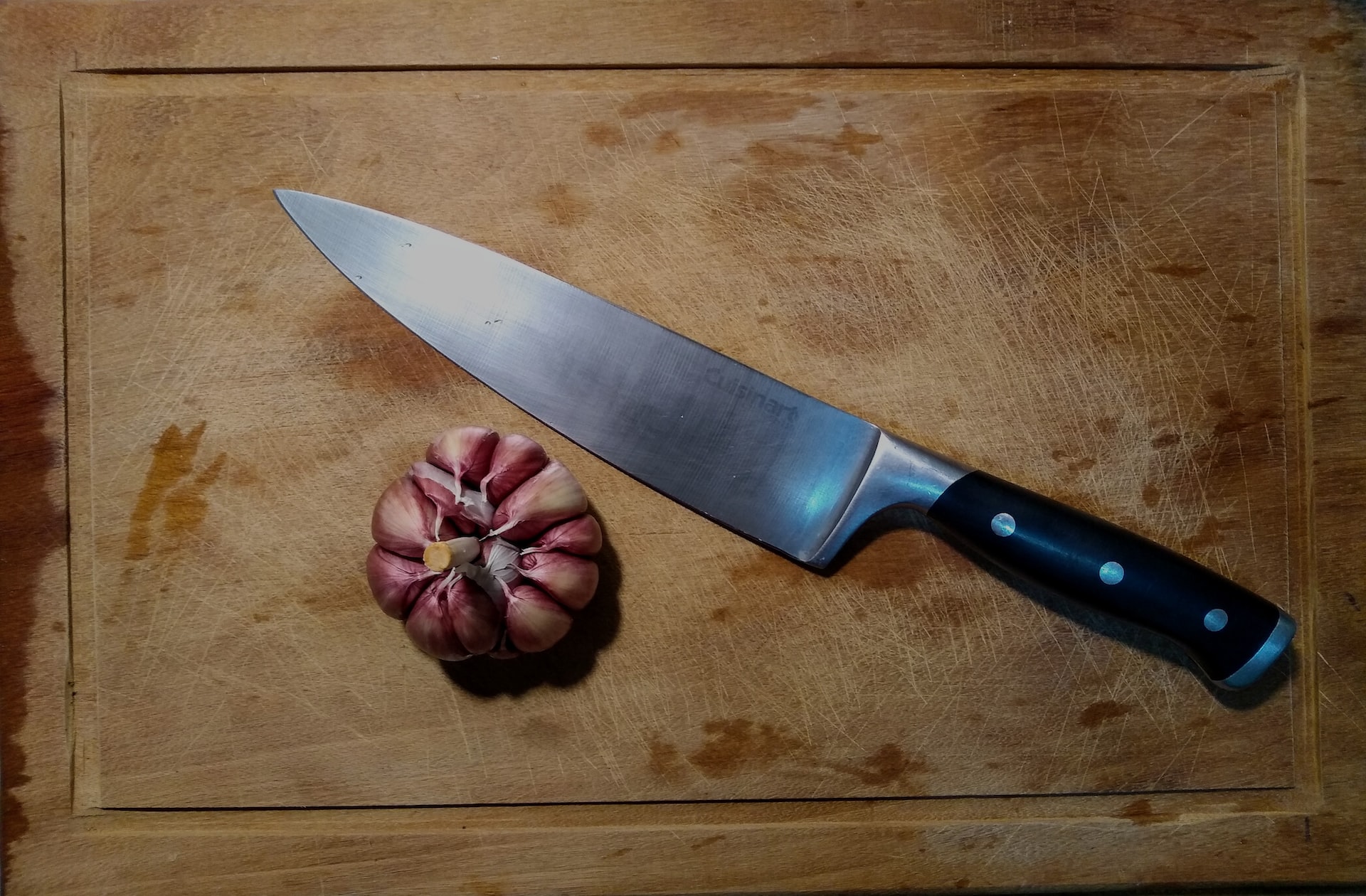 Chef’s knife made of
Chef’s knife made of
Positives: For a reasonable price, this knife is both strong and sharp.
Cons: Our testers thought that this knife’s handle was a little uncomfortable.
This alternative from Material is a wonderful choice if you’re wanting to add a simply built, low maintenance knife to your toolset without making a significant investment. It easily broke down tough items like butternut squash, and our testers found it to be sharp when cutting through paper and veggies alike. This knife is balanced and effective for casual cooks searching for a trustworthy tool that can slice meat, chop vegetables, or mince herbs.
Although the design is pleasing to the eye, our testers felt that some chores were awkward because of the long, straight handle. Make sure to hand wash properly after each use as we discovered some stains and water marks after cleaning it.
Conclusion
Overall, you can prepare food in your house with the Mac Professional Mighty Hollow Edge Knife just as swiftly and effectively as a professional line cook. The sharpness of the blade and its consistency in cutting through various types of food are both praised by our testers. This is a good option if you’re seeking to spend money on a high-quality chef’s knife that can handle meat, veggies, and fish.
Factors to Think About
Blade Design
There are generally two styles to pick from when buying a chef’s knife. The belly of heavy-duty, German-style models is typically bent to allow for a rocking, chopping motion in which the knife tip stays on the cutting board. German knives often have a thicker blade that is better suited for difficult jobs like slicing through dense squash or cutting down a whole chicken. The knives are often heavier and more robust as a result.
Japanese knives, on the other hand, are lightweight with a straight, sharp blade that makes repetitive motions like rocking and chopping challenging. However, this kind of blade is perfect for cutting and slicing a variety of foods precisely. Japanese knives with dimples on the blade, like a Santoku knife, are designed to keep food from sticking.
It’s crucial to take into account the bolster of the blade in addition to the cutting edge’s shape. Bolsters serve as a guard to keep your fingers away from the blade’s sharp edge since they are positioned between the handle and the blade. They are typical of German-style models and are especially useful for chefs who enjoy choking on their knives. Although bolsters offer protection, they also add weight and may make the knife feel imbalanced or heavy.
Various Steels
The kind of metal your knife is composed of can have a significant impact on the sharpness of the blade and how simple it is to clean. The decision between heavy-duty, German-style models, which are typically made with slightly softer steel alloys (like high-carbon stainless steel), and lighter Japanese-style models, which are typically made with harder steel alloys, depends on your needs for an all-purpose 8-inch chef’s knife. This is the much-simplified big picture (like Damascus steel). Neither is inherently superior to the other. They simply differ, particularly in terms of how they behave and feel in your hand.
Although harder steel retains its edge longer, it can be more challenging to resharpen once it does become dull. Additionally, a very hard, extremely sharp edge can also be more delicate and brittle than a softer one, making it slightly riskier to the blade when chopping up anything heavy like a squash, for example. A softer steel alloy, such as those used in the German tradition, may start off less keen and become less sharp with time. However, it may be simpler to re-sharpen, making it preferable for labor-intensive tasks like cutting bone-in chicken breasts without worrying about breaking the blade. Harder steel tends to be sharper and more delicate, whilst softer steel tends to be tougher. When buying a knife, find out where it rates on the Rockwell Hardness Scale. The softer range is the low to mid-50s, while the tougher range is the mid-50s to low 60s.
Balance
The balance between the blade and handle is among a chef’s knife’s most crucial features. Long-term use of a knife with a thick handle can be unpleasant and ineffective due to the strain it puts on your wrist. A knife that is simple to control and use is crucial since repetitive motions like chopping and slicing can be tedious. The knife should feel balanced from heel to tip and the handle shouldn’t feel noticeably heavier than the blade. Balance is a crucial thing to take into account if you intend to use your knife regularly for prep work like slicing vegetables, cutting herbs, or mincing garlic.
The Exams
We evaluated every aspect of the blades throughout our tests, from their sharpness to how balanced they felt from tip to heel. Additionally, we noted how each handle felt in our hands and evaluated whether it was heavy or light, slick or robust. We took note of each blade’s ease of cleaning and stain susceptibility. We carried out a variety of tests to achieve this.
Test on Paper
We performed a paper cutting test to evaluate sharpness right out of the box. We slid the blade of each knife into the paper along its whole length while holding the paper firmly in one hand. We evaluated our ability to cut a clean slice, the ease with which each blade could cut through the paper, and any snagging or tearing. This test determined how sharp each knife was right out of the box, without any past use, which helped us set a baseline.
Test on vegetables
Following the completion of the paper test, we put each knife through a series of vegetable tests to see how well it handled various food textures. We diced an onion both coarsely and finely to test basic prep functions, which allowed us to evaluate the blades’ ease of use and sharpness. To check whether the edge was constant, we took sure to use both the blade’s tip and belly.
After that, we tested each knife by slicing through a tomato, whose skin is slick and taut. In order to manage the stubborn skins of tomatoes, which are famously difficult to cut through without mashing, chefs frequently use a serrated knife. They therefore act as a reliable gauge of handle grip and blade sharpness. We noted which knives were able to cut the skins into thin, even slices and which knives tore and wrinkled the skin.
Finally, we cubed a butternut squash, one of the heaviest veggies we could find, using each knife. We were able to evaluate handle grip, balance, weight, and blade sharpness by cutting a thick, hefty vegetable. Although lighter knives are usually preferred, owning a heavy-duty knife can help you do difficult jobs more safely and easily.
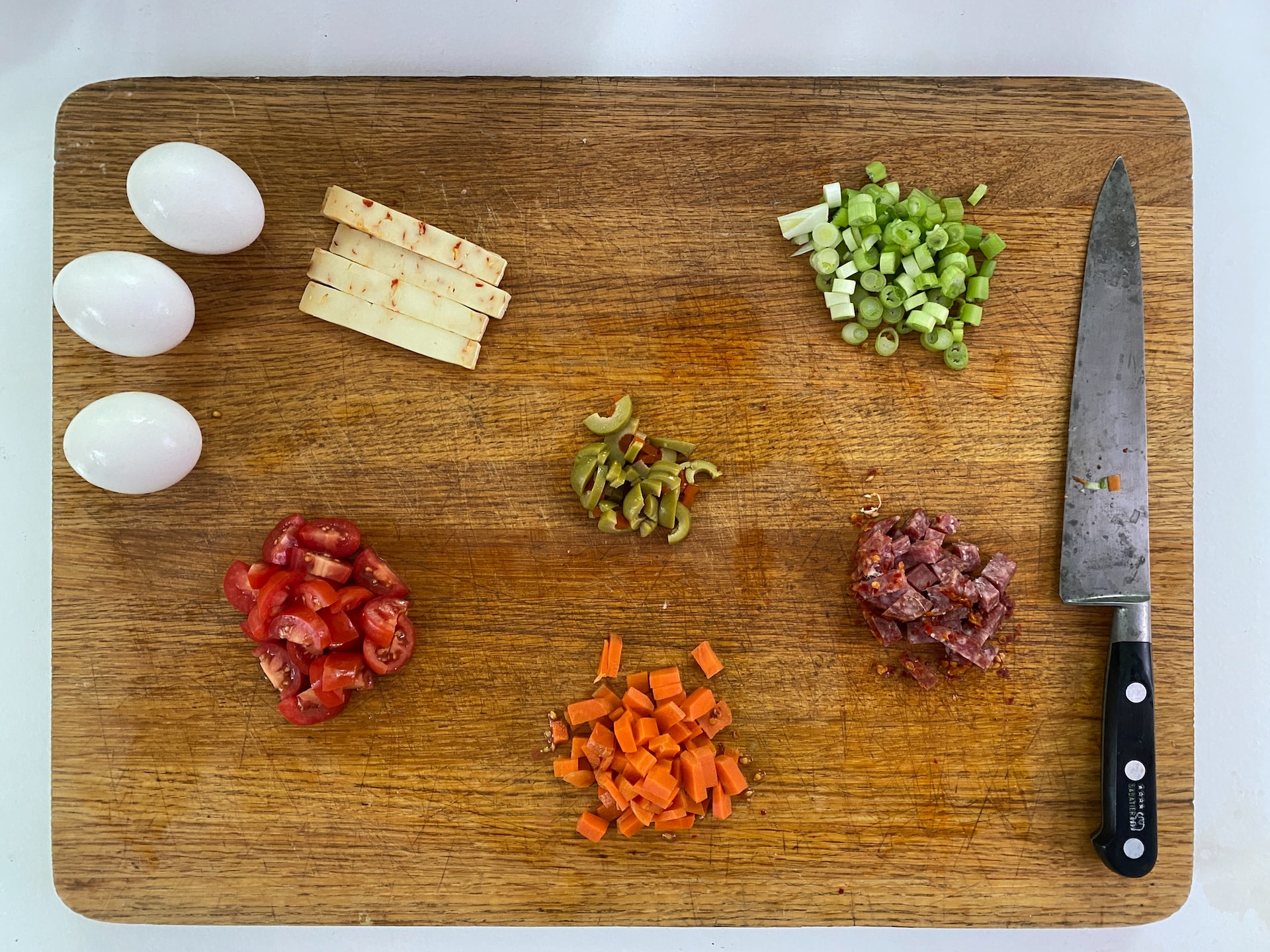 Skip the traditional Western chefs’ knife
Skip the traditional Western chefs’ knife
Overall, the sharpness of the blade and the quality of the knife impressed our testers. In the vegetable testing, it produced accurate, thin, consistent cuts and effortlessly glided through the paper test. One of the only reasons we didn’t choose the Western-style knife from Shun as our top pick is the fact that it is a little bit heavier than the Classic Blonde. Otherwise, anyone who cooks at home and is prepared to spend money on a high-end knife would love this knife.
Chef’s Knife Imarku
This thin knife is appealing to look at and comfortable in the hand. It cut through delicate dishes with ease but had trouble with heavier ones like butternut squash. Because the knife could not penetrate all the way through the squash, it actually had jagged edges. Despite the fact that this is a cost-effective choice, our testers advise spending more money on a better knife.
Knife, Victorinox Fibrox Pro Chef’s
This was rated highly by our testers in relation to pricing. Although it is robust and sharp, readily slicing through butternut squash and onions, our testers didn’t find it to be very nimble when handling tomatoes or other delicate veggies. Our long-term testers noticed that the blade needs to be sharpened more regularly than others despite being sharp right out of the box.
Overall, this inexpensive knife is both lightweight and strong, which are two crucial qualities in a good chef’s knife.
Chef’s Knife, Victorinox Grand Maitre
In our tests, this knife performed admirably and easily cut through paper, tomatoes, onions, and garlic. Although the handle is made of lovely, non-slip maple wood, the knife itself is somewhat substantial. After cleaning, we observed that stains and streaks remained on the blade. Overall, our reviewers thought that this knife was a little too pricey and advised choosing the vastly less expensive Victorinox Fibrox Pro instead.
Zwilling KRAMER Euroline Essential Collection
This unique line from Zwilling was created by Master Bladesmith Bob Kramer to improve comfort. It has a broad blade and rounded spine for better knuckle clearance. It is excellent for cutting tough veggies because it is sturdy and long-lasting, according to our tests. But for those with tiny hands, our crew also discovered that it was hefty and slightly uncomfortable. Overall, this knife performed well in our tests and is sharp.
Chef’s Knife by Misen
This knife combines Western and Japanese design elements and is reasonably priced. It works well for routine jobs like crushing and chopping garlic, but we struggled with more difficult ones like slicing butternut squash. Food adhered to the blade, and the handle didn’t feel robust enough to cut through thick vegetables, according to our testers.
Chef’s Knife, Renaissance Forged by Mercer Culinary
This knife failed our initial evaluation. Out of the package, when trying to test its sharpness, it crumpled paper rather than slicing through it. In the tomato test, we had problems getting uniform cus, but we had no trouble chopping butternut squash or minced garlic.
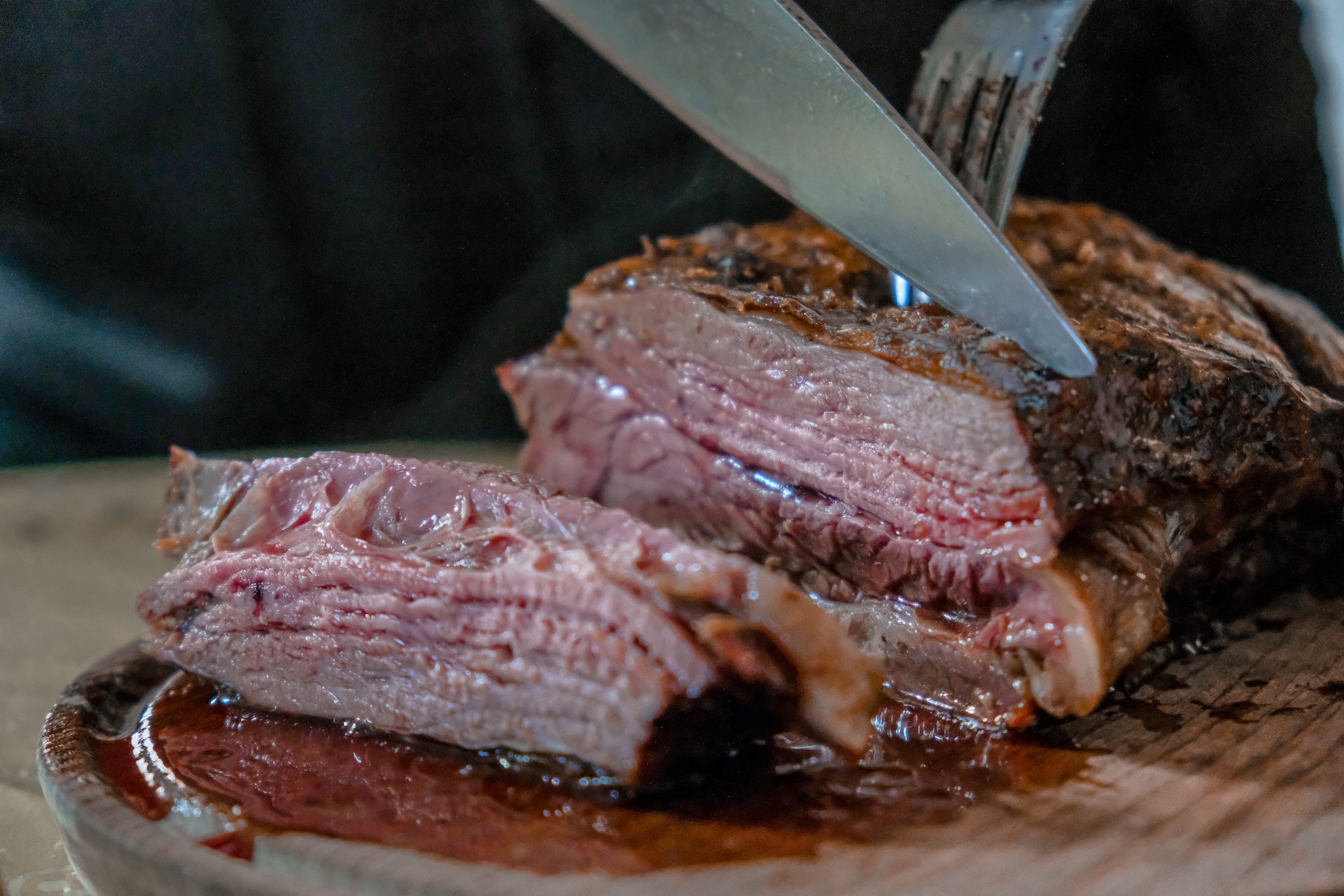 Chef’s knife with a black handle from Mercer Culinary Millennia
Chef’s knife with a black handle from Mercer Culinary Millennia
This knife seemed imbalanced and awkward all around. The handle’s design made chopping challenging, and our testers reported that it was taxing on their wrists. It had trouble chopping an onion and couldn’t cut through paper with precision.
International Classic Chef’s Knife by J.A. Henckels
This knife, according to our testers, had an unusually long handle that contributed to its unpleasant and awkward feel. The blade failed all of our tests and isn’t as sharp as some of the others.
Chef’s knife from the Kyocera Ceramic Revolution Series
This knife can cleanly cut through a range of different ingredients and is quite lightweight. However, we noticed that the lack of flexibility of the blade made it difficult to cut dense squash. The blade had streaks and stains on it that had been there before cleaning.
Knife, Chef’s Made In
Despite being on the heavier side, this knife had trouble cutting through the dense squash. It felt balanced from heel to tip, according to our testers, and was excellent at performing straightforward chores like cutting onions or mincing garlic. However, we struggled to securely and successfully cut through more dense items.

